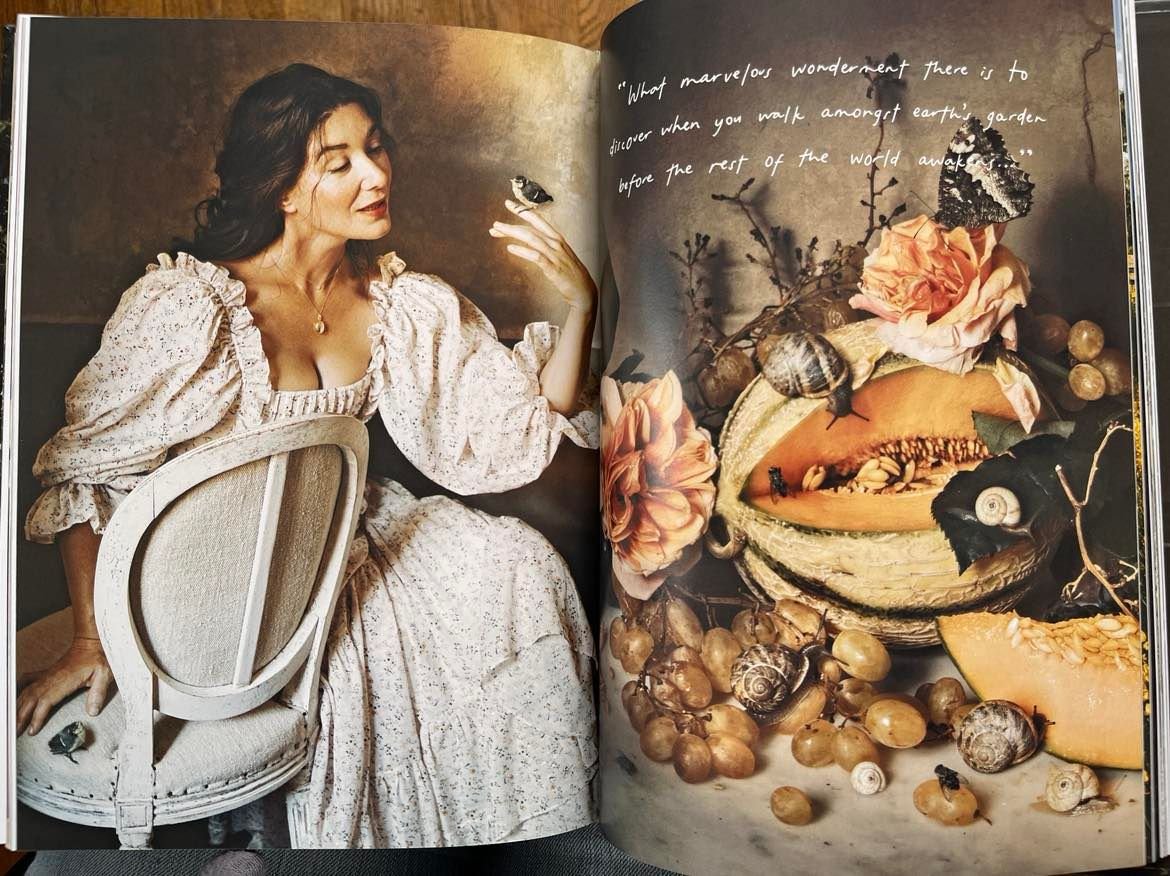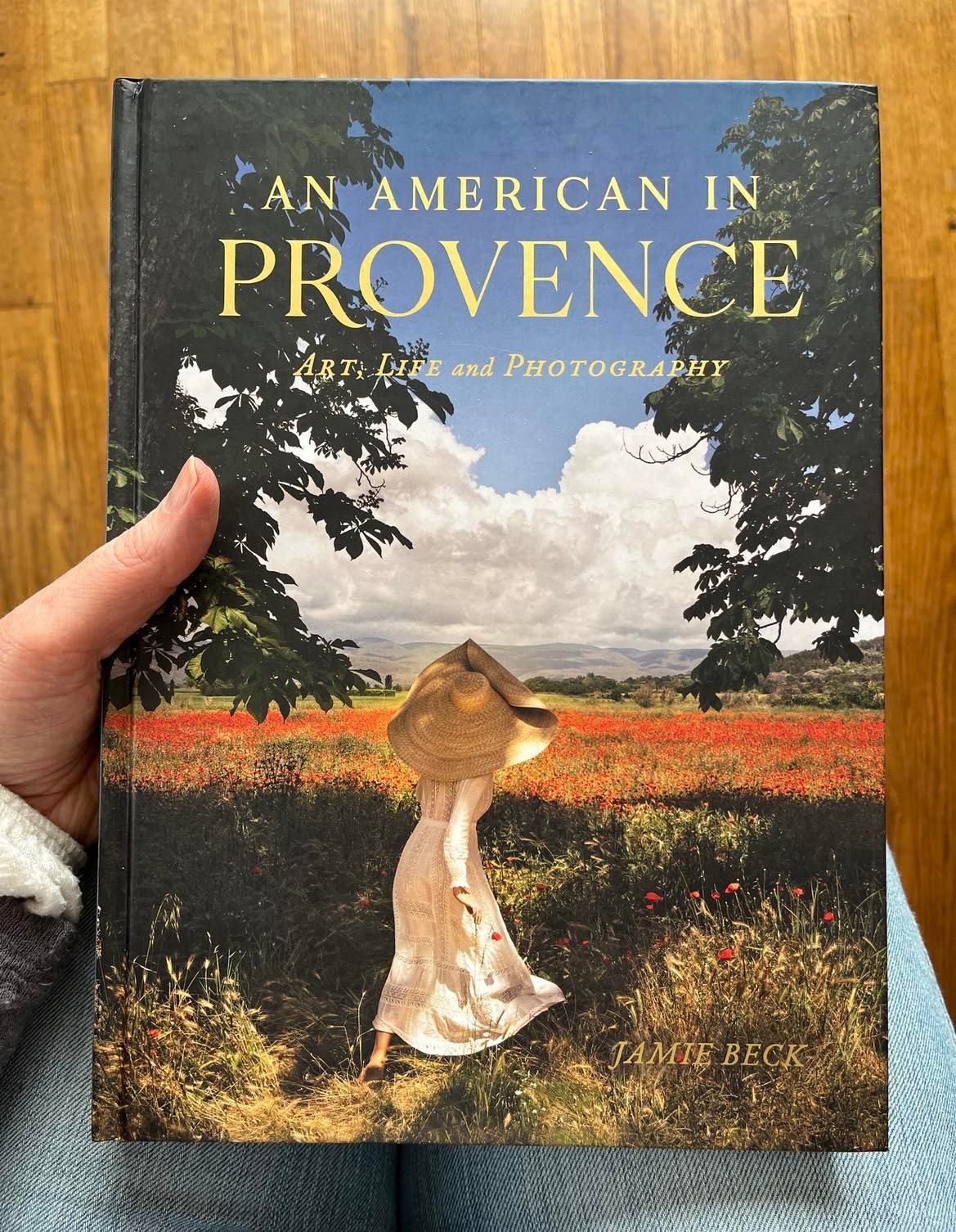Beauty and Bocklin
I was invited to create a piece for an upcoming show entitled “Beauty”. An idea that’s very open to personal interpretation of course, the only real guidance for our work beyond that is that it be uplifting. We’ve all come through (or will at some point) a shadow, a difficult path, and this collection of works is intended to be an encouragement to all who see it.
Beauty is such an immense concept to explore!
I was surprised to find how many emotions and opinions I already held on the subject without realizing it. My particular art identity (I guess you could call it) has always had a lot to do with beauty.
What are some words and feelings that instantly come to mind when you think of beauty?
To me, beauty is very much a formal, regal concept - full of grace and balance, it treads on Plato’s “realm of the forms” sacred grounds. It’s a glimpse of Heaven, an other-worldly sense of harmony that we cannot know here in our world where everything strong overtakes, even eats, the weak. (Sorry, got a bit serious there)
As humans we aren’t always in the mood for beauty, and that’s totally a valid state of mind. It doesn’t mean beauty is no more. I think Beauty meets us in our deepest moments… it folds us entirely, including our pain and want, in its gentle arms and rocks us back and forth as a loving mother might.
How is this similar or different from your idea of Beauty?
A book sprang instantly to mind, “An American in Provence" - Art, Life and Photography” by Jamie Beck. If the French countryside is your idea of the bella vita, do find it in your local bookstore and have a look. I bought a copy. Here’s mine.
Paintings by the artist Arnold Bocklin also popped into my head. I think I’m making a modified copy of one of his paintings for the exhibit, because there is one image in particular that has elements that just sing of perfection to me… “The Island of Life” (not shown here).
I have some special associations with the artist, too, which makes his work more personal for me.
First, I had never heard of him until my artist friend Clemens Fuchs (Austria) introduced me to him and pointed out Bockin’s work. I promptly bought a little Bocklin paperback book.
Secondly, Bocklin lived and worked in Florence. His very famous works on the “Island of the Dead” theme are based on the “beautiful” English Cemetery just north of the center of Florence (interestingly, he is buried in Florence, but on the Altrarno side out past the Boboli Gardens). I lived a few blocks from it (The English Cemetery) and passed it at least twice a day on foot or bicycle coming and going from town and the studio.
Island of the Dead (3rd version) by Bocklin
Finally, Bocklin died in Fiesole, just above Florence, after having lived there for many years. A place most enchanting! I have many happy memories of hours spent there, too, with my family. It’s a place truly magical, truly beautiful!
Here are some brief facts about Arnold Bocklin, followed by some images. He may be too strange for some of you- LOL! He also doesn’t show much diversity (being an old white guy), so take his work in the context of his time.
Arnold Böcklin was a Swiss painter born in Basel on October 16, 1827. He is considered one of the most important artists of Symbolism, a movement that sought to express through art the subjective and emotional aspects of the human experience. Böcklin's works were characterized by their dreamlike quality, the use of mythological motifs and a fascination with death and the afterlife.
Böcklin began his artistic training at the Düsseldorf Academy in Germany in 1845. He studied under the landscape painter Johann Wilhelm Schirmer and the history painter Karl Ferdinand Sohn. In 1853, he moved to Paris, where he studied with the history painter Franz Winterhalter. During this time, he was influenced by the Romanticism movement and the work of the French painter Eugène Delacroix.
Böcklin's work was also influenced by his travels to Italy and Greece, where he was inspired by classical mythology and the ancient ruins. He created a series of paintings called "Island of the Dead", which depicted a desolate island covered with mist and populated by ghostly figures.
Böcklin's art was highly influential in the Symbolist movement, which emerged in the late 19th century. Symbolism sought to express the inner, emotional world of the individual through art, and Böcklin's work was a perfect fit for this philosophy. His paintings were filled with mysterious, dreamlike imagery that often included mythological figures and supernatural creatures.
Böcklin's influence extended beyond the Symbolist movement, and his work was also admired by the Surrealists and the Expressionists. His use of rich, dark colors and the intricate, detailed compositions were a source of inspiration for many artists in the 20th century.
Arnold Böcklin died on January 16, 1901, in Fiesole, Italy. His legacy continues to live on, as his work remains an important part of the Symbolist movement and continues to inspire artists around the world. His contributions to the world of art cannot be overstated, as he was one of the most innovative and influential painters of his time.
Flora, Scattering Flowers by Bocklin
Vita Somnium Breve (The brevity of life) by Bocklin
“Summer Day” by Arnold Bocklin (public domain)
Die Lebensinsel- Isle of Life by Arnold Bocklin








